Interview with Nora Chipaumire by Susanne Franco
Descrizione
Feminist dance performer and choreographer NORA CHIPAUMIRE is being interviewed about the creative process of her choreographic works and autobiographical films as well as the transmission process of her dance knowledge. Beginning from the memories that nourished her artistic imaginary, she reveals that the universal topic of gender equality and specifically violence and women's situation in everyday life is at the core of her research. She also discusses how her cultural gaze and identity deriving from Shona African tradition enables her to filter the heritage of Western dance and the canon of European dance history by situating her work in a continuum of space and time. Her practice, known as “Nhaka” (meaning inheritance to Shona), questions what is a Black African body while her project “Living Archive” is centered around the notion of the body as an archive understood as bodily knowledge that when transmitted to others it enables dances, repertoires and techniques to stay alive and be preserved in all their multiple variations and manifestations.
INTERVIEW QUESTIONS
[00:19] What memory do you have of dances that enriched and stimulated your past, in your life and in your profession, from your childhood until nowadays?
[02:21] How do you deal with a memory, for instance Cafe Müller when you have this strong physical and emotional impact?
[04:15] Could you briefly specify what you find so unique in Pina Bausch’s work?
[04:51] What is the impact of your personal memories at a physical level?
[05:40] What dance techniques have you studied and how have they been accumulated in your body?
[09:55] Would you distinguish dance technique from other bodily practices? For instance, in your childhood were they clearly divided?
[11:57] Steve Paxton states that it is easy to learn a dance technique but it is rather difficult to remove it from the body. What do you think?
[13:32] Do you have a technique for tracing a specific practice or a movement sequence created in the past?
[18:08] Much of your choreo-graphic work is auto-biographical and combines two ways of writing. How do you work with these two ways of narration?
[22:41] Do you observe any difference between dance history and dance memory?
[23:06] How and why did you decide to confront Dark Swan with a canonical piece of Western dance history such as Fokine’s ballet The Dying Swan?
[28:18] What is the role of film in and beyond your auto-biographical work?
[30:56] What is your project Living Archive about?
[32:34] Do you have a repertoire that you also pass on to others?
[35:09] How would you like to position yourself as an artist as part of dance history?
[40:39] Why and when have you entered the punk world?
[41:44] For you, what is the relationship between preservation, politics, practice and transmission to other generations or people in other contexts?
[43:46] Have you ever worked in a museum?
Luogo/Tempo
Venice, Ca’ Foscari University of Venice
February 8, 2020
Formato
video/mp4 (172.06 MB PT46M41S)
Soggetto
• Café Müller ; Dark Swan ; The Dying Swan ; Bausch Pina ; Fokine Michel ; Mugabe Robert Gabriel ; Graham Martha ; Pavlova Anna ; Paxton Steve ; Wigman Mary ; Africa ; Europe ; Zimbabwe ; African female choreography ; Autobiography ; Animist technology ; Black African body ; Black Feminism ; Democracy ; Nhaka (inheritance) ; Punk ; Shona Culture







 è un servizio del
è un servizio del